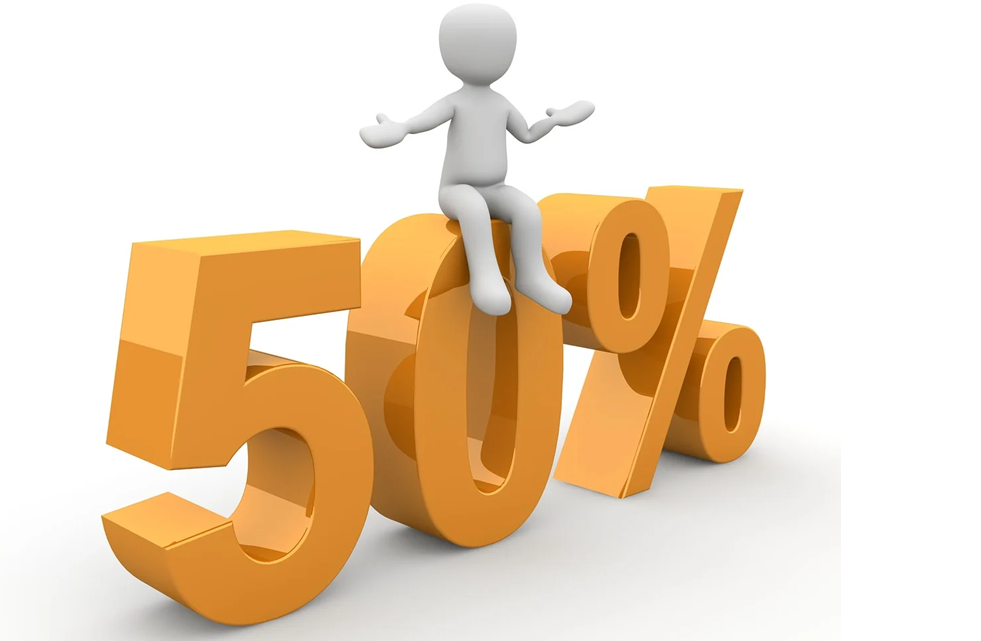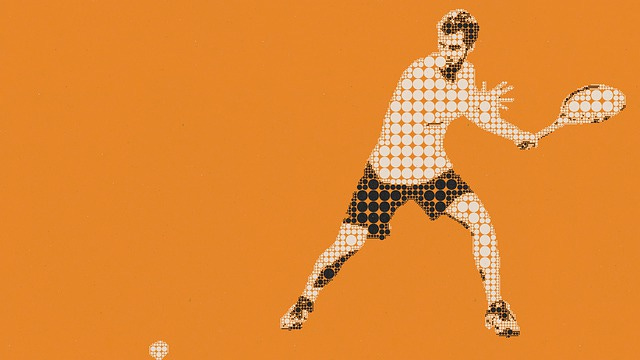My Most Recent Podcast Guest
My most recent podcast guest was myself! And guest-hosted by a broadcaster who is not a technology type! Let me explain.
Last month, I saw my chiropractor, Andrew Colyer, a one-of-a-kind guy (an active professional musician and a scientist) who I hope to have as a future guest on Brave New World. I mentioned to Andrew that I was gearing up for publicity for my forthcoming book, Thinking With Machines. He told me to talk to Joel Roberts, a former prime time talk show host on KABC Radio, Los Angeles. I sent Joel a copy of the book in advance of our conversation.
Joel said that my book changed the way he thinks about AI. He moved from “near terror” — he had NEVER used ChatGPT — to a “cautious integration” of AI in his life and work. He said the book asked questions he would not have thought about, and it helped him achieve some clarity about several aspects of this pivotal technology, including its basis, history, capability, opportunities, and risks. That’s exactly why I wrote the book: to be accessible to everyone, and how to think about their future in the emerging world of AI. How do you stay ahead of that AI bot that’s threatening to make your work obsolete?
Joel fit right into his role of talk show host. Joel has a voice for radio. And since I have a face for radio, we were a good combination for the podcast.
I thoroughly enjoyed the conversation. There’s a lot for me to learn from Joel about how to tee up questions. He made connections between AI and major events that changed world history which everyone can identify with, such as the JFK assassination and Lee Harvey Oswald, who evidently purchased his gun for $12.88 from a mail-order catalog. Or the connection between AI and The Manhattan Project, and the ethical issues around the development of the nuclear bomb and how they compare with some of the vexing ethical issues around AI. Joel’s thousands of hours as a talk radio host come through in our spontaneous free-wheeling conversation that made me think about what I’ve written about AI in new ways.
So, check out the podcast at:
https://bravenewpodcast.com/episodes/2025/09/12/episode-99-vasant-dhar-on-thinking-with-machines-hosted-by-joel-roberts/
The Edge: Being A Little Mo Better
In September of 2022, I wrote about how there was “no escape from Alcatraz,” as I referred to Carlos Alcaraz after his win against Caspar Ruud in that US Open final. John McEnroe had raved about him throughout that tournament, capping it with “he has it all.” It sure seemed that way. I thought Alcaraz made Pepe Le Pew look tame in terms of tenacity. He played every point as if his life depended on it.
What McEnroe was referring to was Alcaraz’s unique combination of skills, which give him an “edge” over his opponents. That’s what competitive sports and every challenging decision-making situation such as investing is all about: having an edge and exploiting it like a machine.
In tennis, we can think of edge as deriving from some combination of a player’s capabilities. These would be things like speed, power, agility, anticipation, fitness, versatility, guile and mental toughness. Guile requires other foundational capabilities such as speed and agility. The edge manifests itself in the quality of shots relative to the opponent’s, which shows up at the point level.
But an edge is very hard to achieve in highly competitive situations. Everyone is using the best equipment, hiring extremely talented coaches and management, and practicing with extreme intensity for hours on end. Achieving a 50% winning record isn’t easy. It requires the most up to date infrastructure to stay even in the game. Without investment, edge erodes. It’s the same in investing. Doing better than 50% is hard.
Improving the edge by a mere percentage point above even is excruciatingly difficult, but the spoils are well worthwhile. In the Grand Slams, a 1% point improvement in points won increases the average probability of winning a match to roughly 58%. A further one point improvement in edge bumps the probability to almost 68%. Winning more of the important points increases the match-winning percentage. Boris Becker had a knack for winning the important points, such as tie-breakers and break points, so even though he won only 52% of his points, he won over 80% of his matches. The chart below, which is based on 18 years of grand slam data, shows how the edge at the point level multiplies over the course of a match. Each dot corresponds to a player’s record during a tournament.
The chart suggests that if you win 56% of your points, you are unlikely to ever lose a match! That’s the impact of compounding an edge over the course of a match.
That statistic blows my mind. And most people are surprised by it.
The larger takeaway is that you don’t have to be perfect to achieve great outcomes, but you must have an edge that enables you to perform better than random or some identifiable benchmark such as an index over some period of time. Investing is identical to sports, in which an edge is difficult to identify in a highly competitive space. The military is similar: the slightest edge makes a big difference.
It is remarkable how the relationship applies to all competitive and uncertain decisions in life. The longer the game, or the larger the set of trials, the more the edge multiplies. I used an algorithm that made thousands of trades a day on stocks whose trade winning percentage was barely over 50%, but the machine rarely had a losing day let alone a losing month.
The larger point is that the smallest edge can be multiplied to yield good outcomes. In investing, the trick to compounding is to start early and make as many independent bets as possible per unit time. As in sports, getting the riskier decisions right – those trades where more capital is deployed – bolsters performance considerably. In the military, spotting the enemy a split second earlier on average has significant consequences.
The business landscape is full of small edges that became amplified. Google edged out Yahoo in search because their results were marginally better. Compounding did the rest. The current chatbot battle in the AI space is similar. Some researchers claim that Claude is slightly better than ChatGPT at writing reports, but the latter writes better code. But most people can’t tell the difference at the moment. It will require a more decisive edge for one of the chatbots to pull away from the pack. I’m curious to see how this war plays out. What will be the basis for the edge in AI? And even more importantly, how will it change the way we work? I provide some answers to these questions in my forthcoming book.
I’ll expand the application of the edge to our personal lives with a reflection from Deepak Chopra’s recent book, Digital Dharma, in which he explores consciousness, happiness, and well-being. Chopra examines the concept of “dharma,” which is about connecting with your inner self, your core values – such as compassion, creativity, exploration, and justice – and making conscious choices during the day that uphold these values, even in small decisions. Similar to an edge, these choices multiply over time, towards happiness, despite the invariable bumps along the way.




Where can I get your book in India, sir? It's currently unavailable on amazon: https://www.amazon.in/Thinking-Machines-Brave-New-World/dp/1394359055
As a tennis player and fan and also concerned about the impacts and influence of AI in my life, I found this extremely interesting. And it is clear that it matters not only to have an edge but to apply it consistently. This suggests that discipline of various kinds - of time and attention and focus - is worth a great deal in the scheme of things.